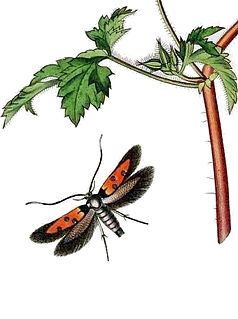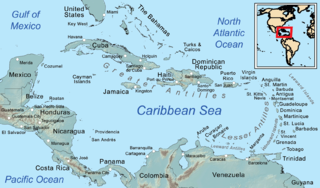
The Agonoxeninae are a subfamily of moths.

The G20 is an international forum for the governments and central bank governors from 19 countries and the European Union. Founded in 1999 with the aim to discuss policy pertaining to the promotion of international financial stability, the G20 has expanded its agenda since 2008 and heads of government or heads of state, as well as finance ministers and foreign ministers, have periodically conferred at summits ever since. It seeks to address issues that go beyond the responsibilities of any one organization.
The South India worm snake is a harmless blind snake species found in southern India. No subspecies are currently recognized.
Oruza is a genus of moths of the family Erebidae erected by Francis Walker in 1862.
Stictoptera is a genus of moths of the family Noctuidae erected by Achille Guenée in 1852.

5G is a commonly used term for certain advanced wireless systems. Industry association 3GPP defines any system using "5G NR" software as "5G", a definition that came into general use by late 2018. Others may reserve the term for systems that meet the requirements of the ITU IMT-2020, which represents more nations. 3GPP will submit their 5G NR to the ITU. It follows 2G, 3G and 4G and their respective associated technologies.
Pammeces is a genus of moths in the family Agonoxenidae. It was formerly included in the Cosmopterigidae.
Pammeces picticornis is a species of moth of the family Agonoxenidae. It is found in the West Indies.
Pammeces pallida is a moth of the family Agonoxenidae. It was described by Thomas de Grey, 6th Baron Walsingham, in 1897. It is found in the West Indies.
Pammeces phlogophora is a moth of the Agonoxenidae family. It was described by Walsingham in 1909. It is found in Panama.
Pammeces problema is a moth of the Agonoxenidae family. It was described by Walsingham in 1915. It is found in Colombia.
Pammeces citraula is a moth of the Agonoxenidae family. It was described by Edward Meyrick in 1922. It is found in Peru.
Pammeces crocoxysta is a moth of the Agonoxenidae family. It was first described by Edward Meyrick in 1922. It is found in Brazil.
Pammeces albivittella is a moth of the family Agonoxenidae. It was described by Philipp Christoph Zeller in 1863. It is found in Venezuela.
Labdia pammeces is a moth in the family Cosmopterigidae. It is found in Australia, where it has been recorded from Queensland.
Parametriotinae is a subfamily of moth in the family Elachistidae.
Leilaptera is a moth genus in the family Autostichidae. It contains the species Leilaptera lithochroma, which is found in Algeria.
Promenesta lithochroma is a moth in the Depressariidae family. It was described by August Busck in 1914. It is found in Panama.

Indotyphlops is a genus of snakes of the family Typhlopidae. The genus is endemic to Asia.






